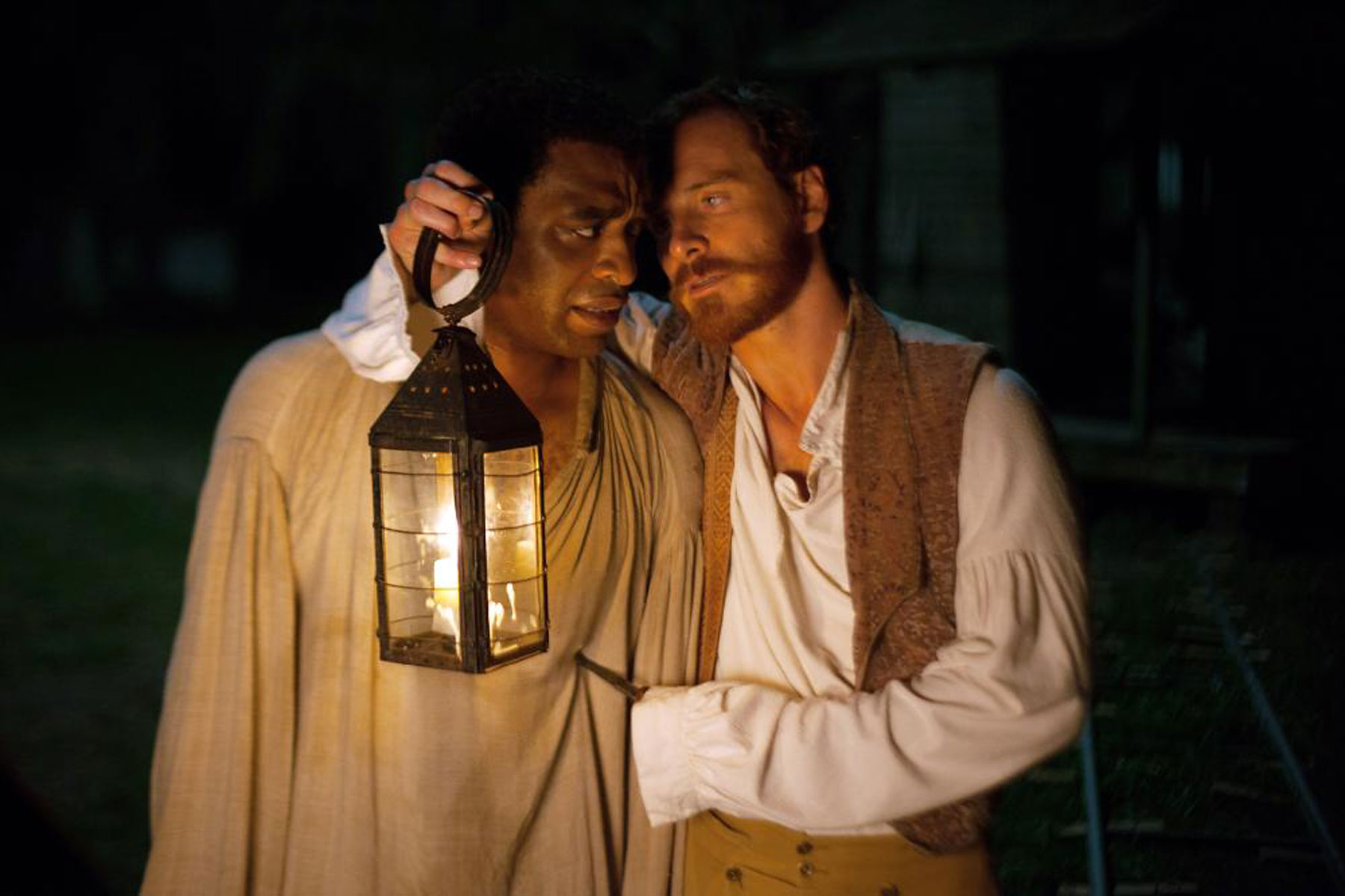
Black, Hispanic, Asian, Middle Eastern and Native American people are still grossly underrepresented in film, a new report says.
The Media Diversity & Social Change Initiative at the University of Southern California’s Annenberg School for Communication and Journalism issues a report every three years analyzing diversity in film. In its most recent study, published Monday, the initiative analyzed the 600 top-grossing films over the last six years. Its report found there has been no meaningful change in the racial diversity of films since 2007, despite last year’s hits like 12 Years a Slave and Best Man Holiday.
Here are five other findings from the report:
More Must-Reads From TIME
- The 100 Most Influential People of 2024
- Coco Gauff Is Playing for Herself Now
- Scenes From Pro-Palestinian Encampments Across U.S. Universities
- 6 Compliments That Land Every Time
- If You're Dating Right Now , You're Brave: Column
- The AI That Could Heal a Divided Internet
- Fallout Is a Brilliant Model for the Future of Video Game Adaptations
- Want Weekly Recs on What to Watch, Read, and More? Sign Up for Worth Your Time
Write to Eliana Dockterman at eliana.dockterman@time.com